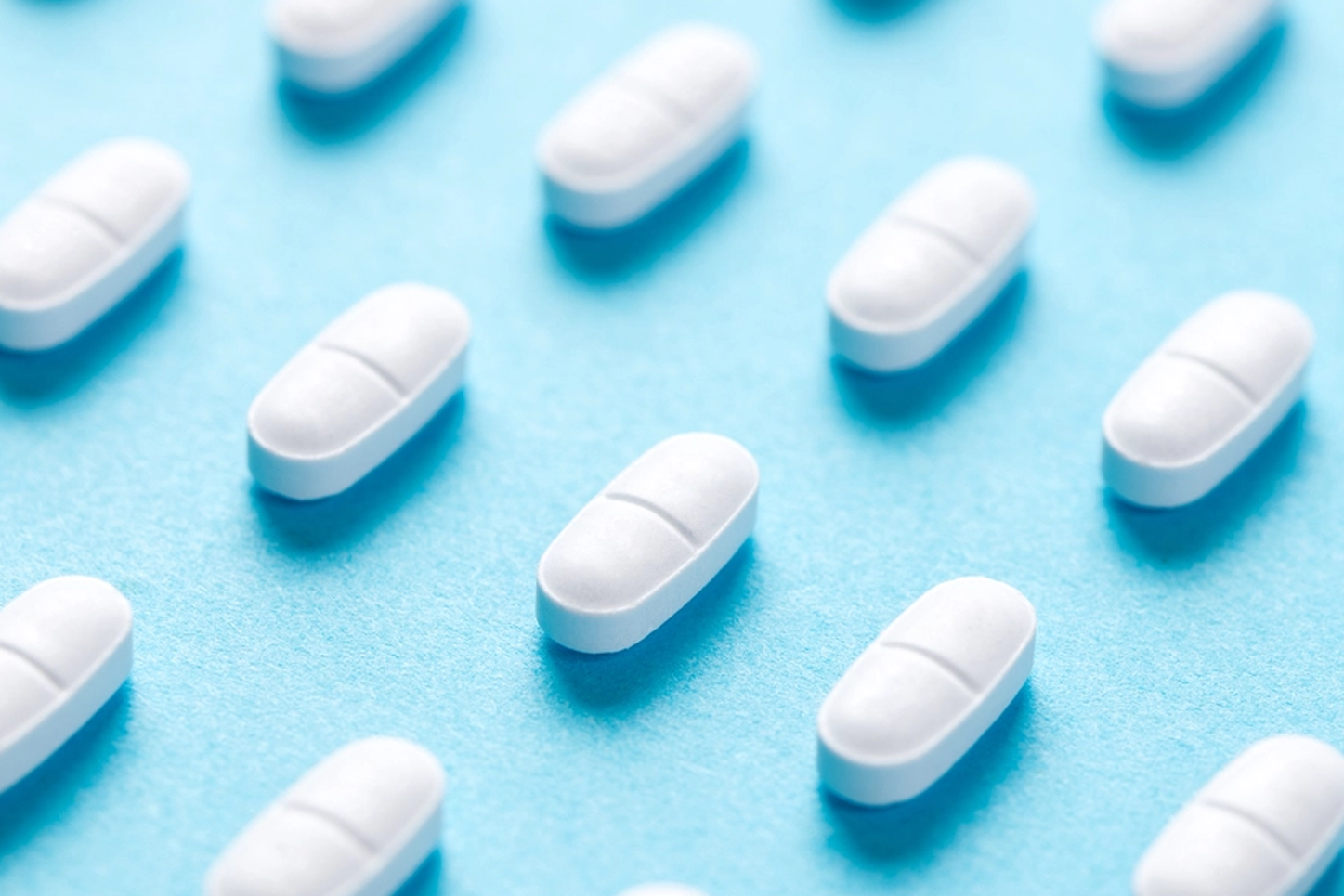Valium is typically used to treat withdrawal from sedative medications or alcohol and conditions such as muscle spasms, seizures, and anxiety. Using high doses of Valium or taking it for an extended period other than what your physician has recommended can result in physical dependence and, ultimately, an addiction. In such cases, individuals with problematic Valium use might need detox and comprehensive treatment in a rehab program.
Getting into a rehab program or Valium addiction treatment is highly effective for getting clean and detoxing safely. Unfortunately, Most substance addictions have high relapse rates making it quite challenging to stay sober after rehab. People suffering from a Valium addiction can also get cravings for the drug to help them ease withdrawal symptoms. These cravings can also occur in response to specific triggers, including things, places, or people related to their previous period of addiction. These drug cravings contribute significantly to a recovering individual’s relapse rate. Fortunately, aftercare or continuing care is a type of treatment that can help these people avoid relapse.
Therapeutic and Treatment Approaches to Address Valium Cravings and Relapse
Some treatments can also help reduce or get rid of Valium cravings while proving effective in the Valium addiction treatment and recovery process. Therapies and treatments used for the treatment of Valium cravings include the following:
 Urge surfing: This method helps individuals imagine the craving as a wave building in intensity and then waning afterwards. Urge surfing helps recovering users learn that giving in to the craving is unnecessary as it will eventually pass.
Urge surfing: This method helps individuals imagine the craving as a wave building in intensity and then waning afterwards. Urge surfing helps recovering users learn that giving in to the craving is unnecessary as it will eventually pass.- Relaxation approaches: These methods can be beneficial in addressing symptoms of anxiety. MInd-body techniques like tai chi, yoga, mindfulness, and meditation can be included in formal treatment programs or practiced alone.
- Cognitive Behavioral Therapy (CBT): This kind of treatment helps an individual recognize and modify unhealthy thought patterns while encouraging the development of more appropriate and healthy coping mechanisms. CBT can help recovering patients manage their anxiety and control cravings.
- Supervised medical detox: This treatment enables the user to taper off Valium gradually and avoid severe withdrawal cravings. After completing detox, the user must take up some type of behavioral therapy to help them deal with the hidden causes of their Valium addiction.
In some circumstances, recovering Valium users can use medications to address cravings and Valium withdrawal to help them avoid relapse. These drugs can include the following:
 Anti-seizure medications like Carbamazepine help in managing seizures, tremors, or anxiety
Anti-seizure medications like Carbamazepine help in managing seizures, tremors, or anxiety- Flumazenil – This is currently the only available drug that is a benzodiazepine receptor antagonist and can only be administered to patients via injection. It can help individuals who are experiencing intense withdrawal symptoms.
- Propanolol – This drug is an anti-hypertensive beta-blocker medication that can aid with some Valium withdrawal symptoms such as headaches, increased blood pressure, and tremors.
- Prescription drugs like antidepressants can help to ease the depressive withdrawal symptoms experienced during Valium detox.
Natural Ways to Stop Cravings
Recovering users can stop Valium cravings through self-help or natural approaches. On the other hand, these methods are ideally combined with a professional Valium addiction treatment program, particularly when experiencing withdrawal symptoms.
 Improving one’s sleep habits. Establishing healthy sleep habits and adhering to a proper sleep schedule by maintaining the same sleeping and waking time and not staying up late during weekends helps you feel more rested and less vulnerable to cravings. Ensure your bedroom is not too warm and dark enough. Try not to use your smartphone or take caffeinated beverages right before bed if you can. Listening to relaxing music or reading a book before bed can help to distract you from any drug cravings before bed.
Improving one’s sleep habits. Establishing healthy sleep habits and adhering to a proper sleep schedule by maintaining the same sleeping and waking time and not staying up late during weekends helps you feel more rested and less vulnerable to cravings. Ensure your bedroom is not too warm and dark enough. Try not to use your smartphone or take caffeinated beverages right before bed if you can. Listening to relaxing music or reading a book before bed can help to distract you from any drug cravings before bed.- Eastern techniques. Herbal teas, yoga, acupuncture, or any combination of these methods can also aid with insomnia symptoms connected to Valium withdrawal and cravings.
- Calming techniques. Prayer or progressive muscle relaxation may also help decrease the severity of Valium withdrawal and cravings.
- Breathing techniques. Diaphragmatic breathing or deep breathing uses the natural relaxation response in the body to help the user decrease any feelings of anxiety.
- Mindfulness meditation, in particular, is a meditation approach that involves the patient focusing on accepting what is happening in the present moment instead of worrying about their future or past. This technique has proven to be incredibly efficient at preventing relapse and controlling cravings.
- Studies show that physical activity can help recovering users enhance their coping abilities, reduce stress, decrease anxiety, ease depression, regulate mood, and reduce drug cravings. Something as simple as taking a walk when you feel the onset of drug cravings can help you resist the need to use again.
- Spending time with people who support your recovery. When you have a strong support system around you from people who genuinely care about you and love you, they can motivate you to maintain sobriety.
- Engaging in enjoyable activities can distract you from the cravings, helping you enjoy a life without drugs and offering you a sense of purpose and fulfillment.
The following steps can also help recovering Valium users prevent relapse:
- Developing personal goals, they can achieve such as better care of one’s body through exercise and diet.
- Practicing mindfulness techniques and becoming aware of drug cravings without indulging them.
- Engaging in activities that offer a sense of meaning and fulfillment
- Anxiety management through healthier ways such as confiding in a trusted loved one, meditation, or exercise.
- Restricting or avoiding spending time with people who use or drain your energy.
- Establishing an encouraging and positive support network.
- Going for 12-step meetings and maintaining contact with one’s sponsor
- Adhering to your aftercare program and Valium addiction treatment program.
It is common for recovering users in Valium addiction treatment to relapse at least once. In fact, users who have been taking this medication in high doses usually have a higher chance of relapse. However, with professional assistance, knowledge of one’s triggers and how to deal with them, plus the above-mentioned approaches and treatments, it is possible to manage one’s cravings and prevent relapse.
